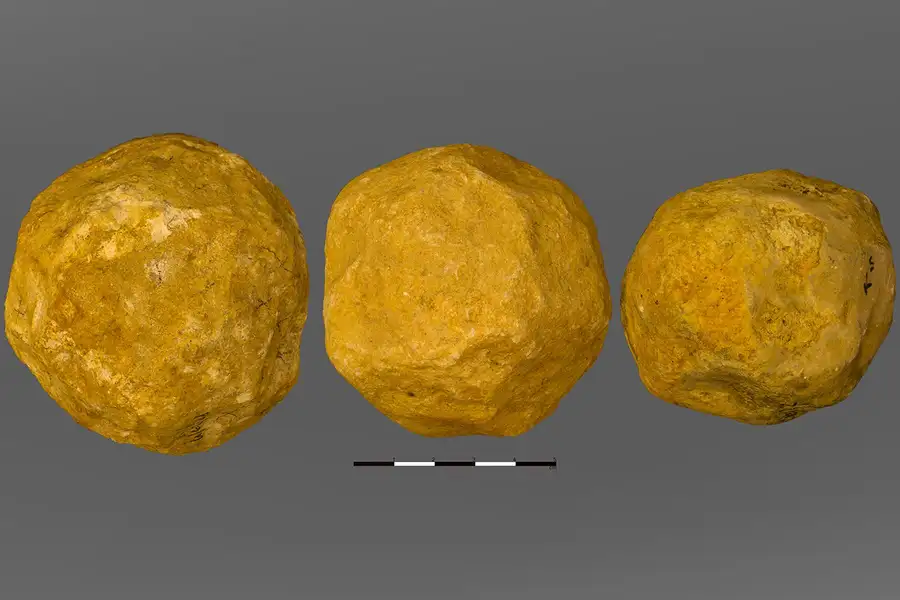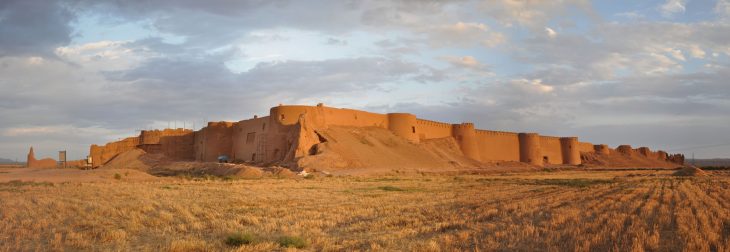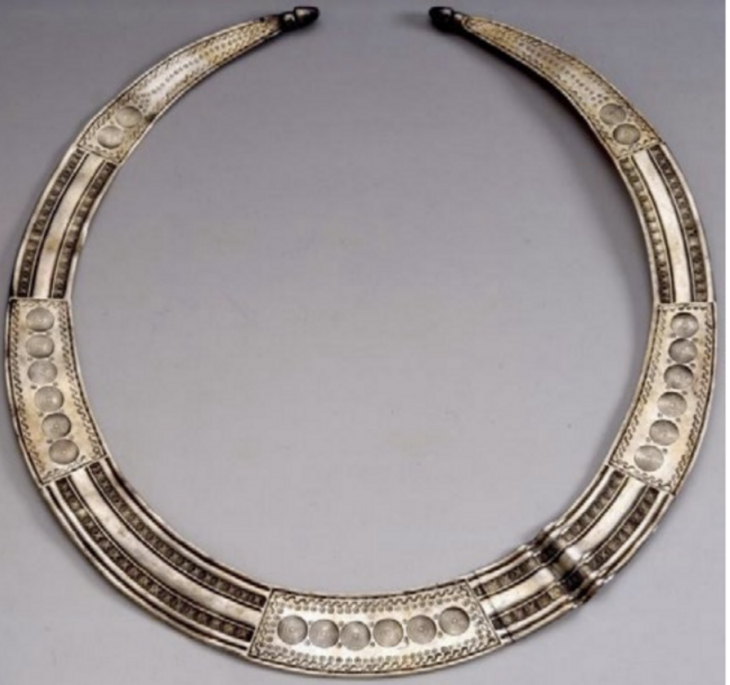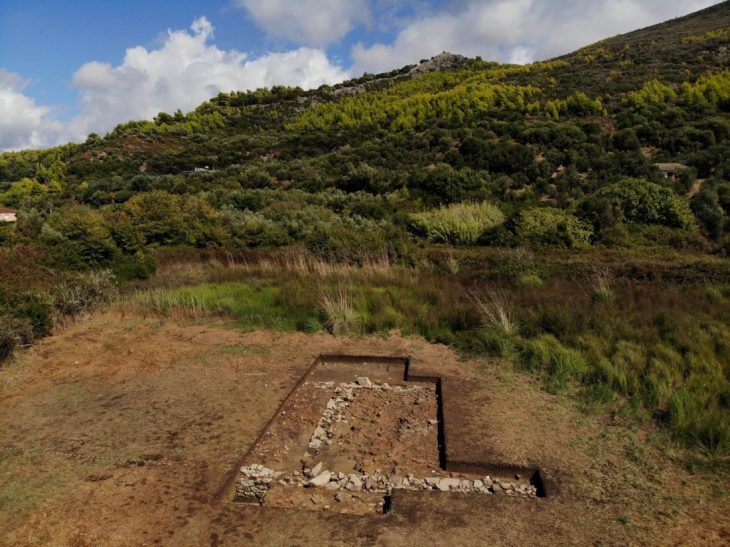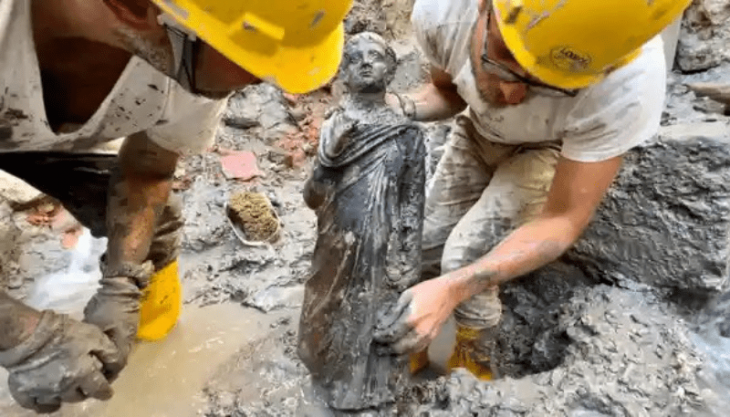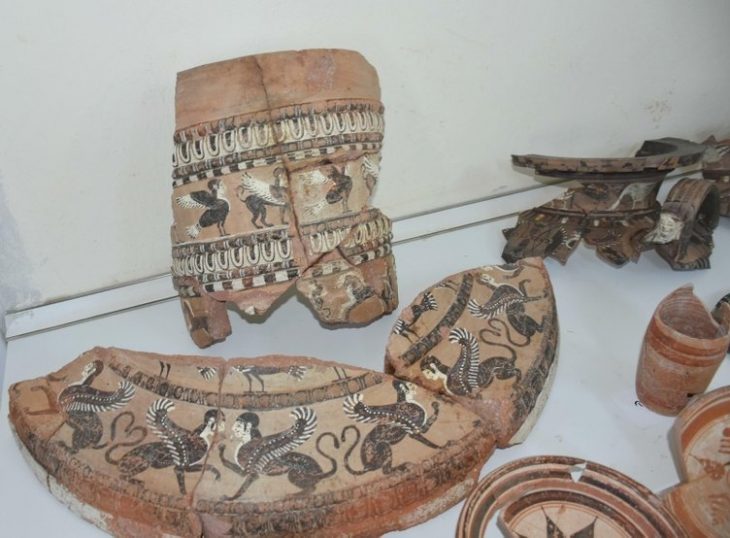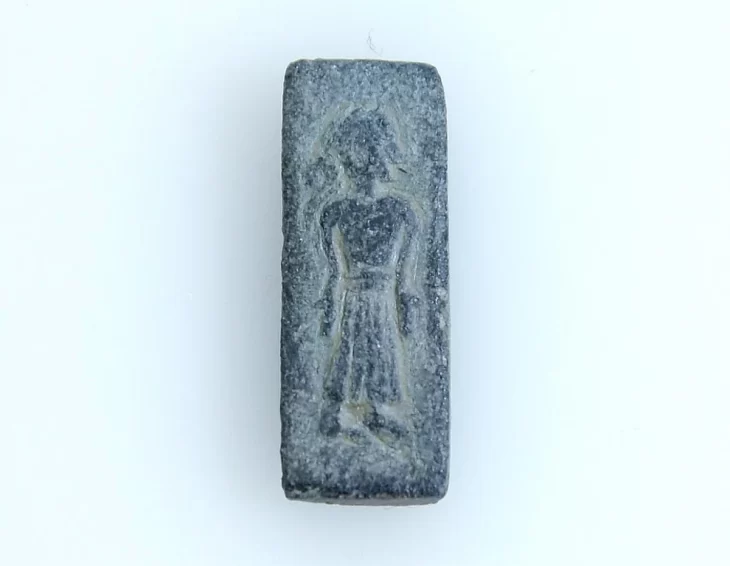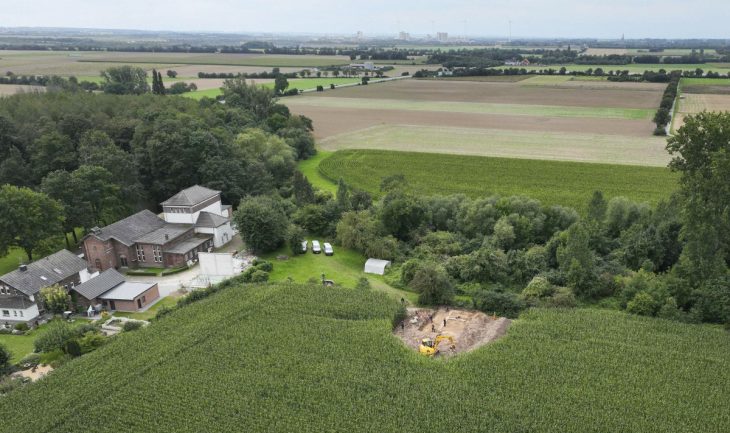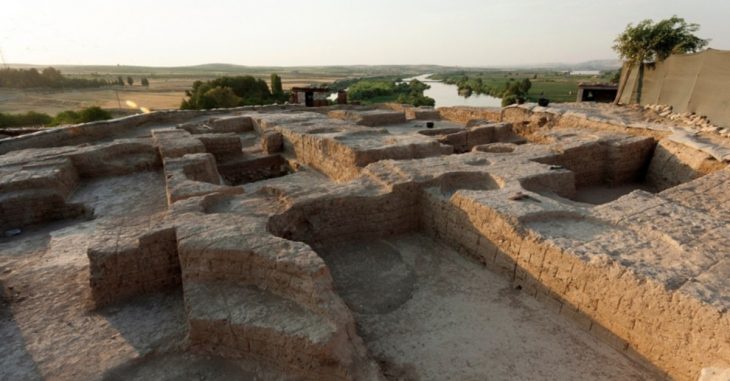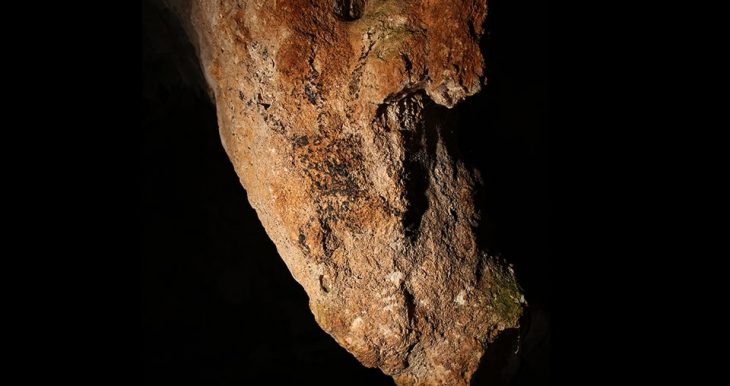An examination of 150 round, baseball-sized stones discovered at a site where early humans lived 1.4 million years ago shows that they were intentionally knapped into spheres. This eliminates the possibility that they became round after being used as hammers, but it does not explain why they were shaped.
Early humans appreciated geometry and symmetry and were intentionally crafting spherical shapes around 1.4 million years ago, according to an analysis of ancient stone balls.
Experts from The Hebrew University of Jerusalem in Israel scrutinised 150 limestone balls – or spheroids – unearthed in ‘Ubeidiya, an archaeological site in the Jordan Rift Valley in Israel.
Signs of ancient occupation at ‘Ubeidiya, in what is now northern Israel, were discovered in 1959. A few human bones and thousands of stone tools have been uncovered there. The site is thought to have been used by some of the first members of our ancestor species Homo erectus to move out of Africa.
Nearly 600 stone balls made of flint, basalt, and limestone are among the discoveries. At numerous other prehistoric human sites dating back as far as 1.8 million years ago, comparable discoveries have been made. The objects, known as spheroids, were made by knapping, but why this was done remains a mystery.
The team reconstructed the steps required to create these spheroids and found the patterns on the artifacts were crafted as part of “a preconceived goal to make a sphere”.
The researchers said their findings, published in the journal Royal Society Open Science, challenge the view that the spheroids were created as by-products of other tasks.
Antoine Muller, a researcher at The Hebrew University of Jerusalem’s Institute of Archaeology, said: “The main significance of the findings is that these spheroids from ‘Ubeidiya appear to be intentionally made, with the goal of achieving a sphere.
“This suggests an appreciation of geometry and symmetry by hominins 1.4 million years ago.”
The researchers conclude that these spheroids required similar levels of skill and planning to make as hand axes, rather than being accidental creations. But the team can’t say if the same is true of any other spheroids, says Muller.
“Clearly, whoever made these objects was working hard to make them spheres,” says Andrew Wilson at Leeds Beckett University, UK, who in 2016 showed that the shape and weight of typical spheroids are suitable for throwing.
“To my mind, this certainly looks more like they were crafting projectiles than, say, hammers,” says Wilson. “I know from my work that these rocks would make good hunting weapons for a group of humans.”
To understand more about these enigmatic objects, the researchers used 3D analysis methods and other cutting edge technologies to retrace how they were created, based on the markings and the geometry of the spheroids.
The team believe that these objects may have been intentionally “knapped” – a technique used to shape stone by striking it. The researchers said the limestone pieces were “reduced” to create spherical shapes.
This transformation towards an ideal sphere required exceptional knapping skills and a clear preconceived goal, the team added. However, the purpose of the spheroids still remain unclear.
Mr Muller said: “We still can’t be confident about what they were used for. “A lot of work needs to be done to narrow down their functionality.”
Cover Photo: Leore Grossman- The Hebrew University of Jerusalem

